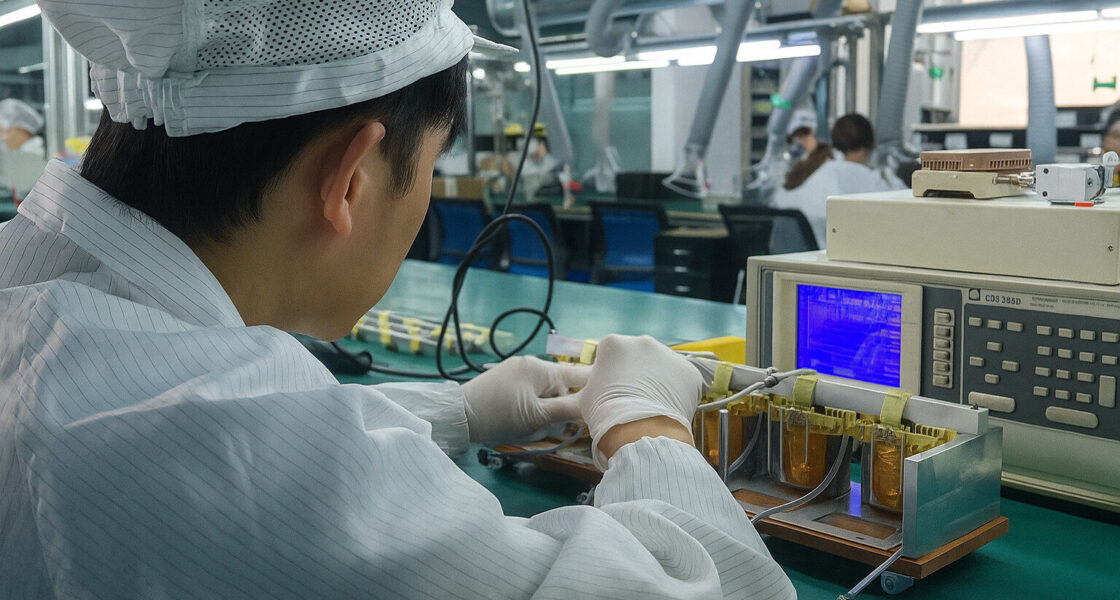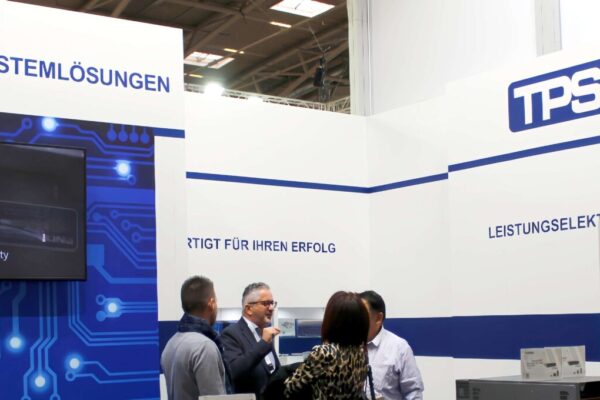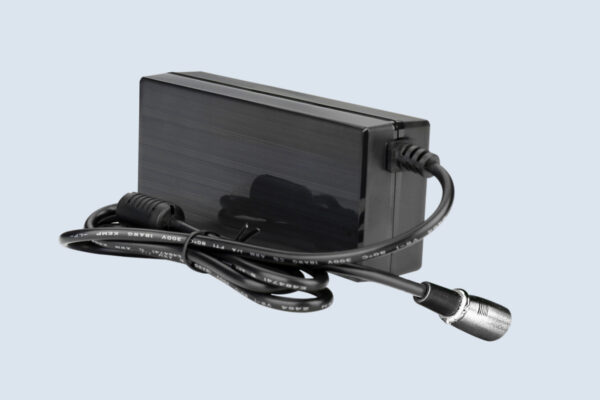Initial Situation
A fast-growing UK technology company approached TPS Elektronik with quality issues in its electronic components. Rapid scaling had outpaced existing quality processes. The client lacked a reliable partner for quality assurance (QA) and quality control (QC) across multiple product lines. There was also no consistent inspection benchmark in place.
During initial audits, several units were flagged as defective. The customer requested a clear defect definition aligned with international standards to ensure a consistent basis for inspections. At the same time, the company required professional ASTM test methodologies to validate durability and reliability.
The client needed:
- a clear defect definition (uniform criteria for when a component is considered defective),
- acceptance criteria aligned with internationally recognised standards (e.g., ISO/ASTM methods),
- laboratory-backed verification from accredited testing laboratories,
- evaluation of specific radio-frequency (RF) components against relevant test standards,
- clarity on acceptance boundaries for borderline inspection results,
- and a central point of responsibility to oversee testing and approvals.
Key challenges
- Only partial records of previous test results were available.
- Earlier suppliers had not used standardised sampling methods, complicating comparisons.
- Mechanical tests (including hardness testing) were required to verify material strength.
Our Solution
TPS Elektronik set up a structured QA/QC programme tailored to the client’s needs.
1) Defect Definition & Standards Alignment
- Developed a clear, product-wide defect definition.
- Established verifiable acceptance criteria using a combination of ISO and ASTM test methods.
- Clarified acceptance boundaries for borderline cases to reduce ambiguity in quality judgements.
2) Laboratory Testing & Validation
- Partnered with accredited third-party laboratories for comprehensive material and functional testing.
- Performed hardness tests and mechanical stress tests to confirm long-term durability.
- Introduced standardised sampling methods across production batches for consistent, statistically reliable results.
3) RF Component Evaluation
- Validated sensitive RF modules under defined performance conditions.
- Ensured conformity with relevant performance and test standards for the target markets.
4) Communication & In-Process Quality Management
- Appointed a Single Point of Contact (SPOC) at TPS to coordinate documentation, approvals, and communications.
- Integrated all findings into the client’s QA/QC framework to ensure repeatability.
Results
- Improved reliability: The rejection rate decreased by about 30%, based on the client’s project data, due to a precise defect definition and consistent sampling methods.
- Demonstrated compliance: Product quality was verified using recognised ISO/ASTM methods and accredited laboratory testing.
- Material strength confirmed: Hardness and stress tests supported suitability for critical industrial applications.
- RF performance assured: Sensitive modules met the defined requirements under realistic test conditions.
- Clear accountability: A dedicated SPOC improved transparency, communication cadence, and approval workflows.
Conclusion
This case illustrates how TPS Elektronik provides end-to-end QA/QC solutions. By combining recognised test methods, accredited laboratory validation, and RF expertise, the client gained a robust foundation for reliable, compliant, and scalable production.
From establishing a clear defect definition and borderline-case rules to conducting hardness tests and implementing standardised sampling, TPS Elektronik helped the customer secure long-term product quality. The collaboration also gave the client greater confidence in scaling production for future growth and market competitiveness.




